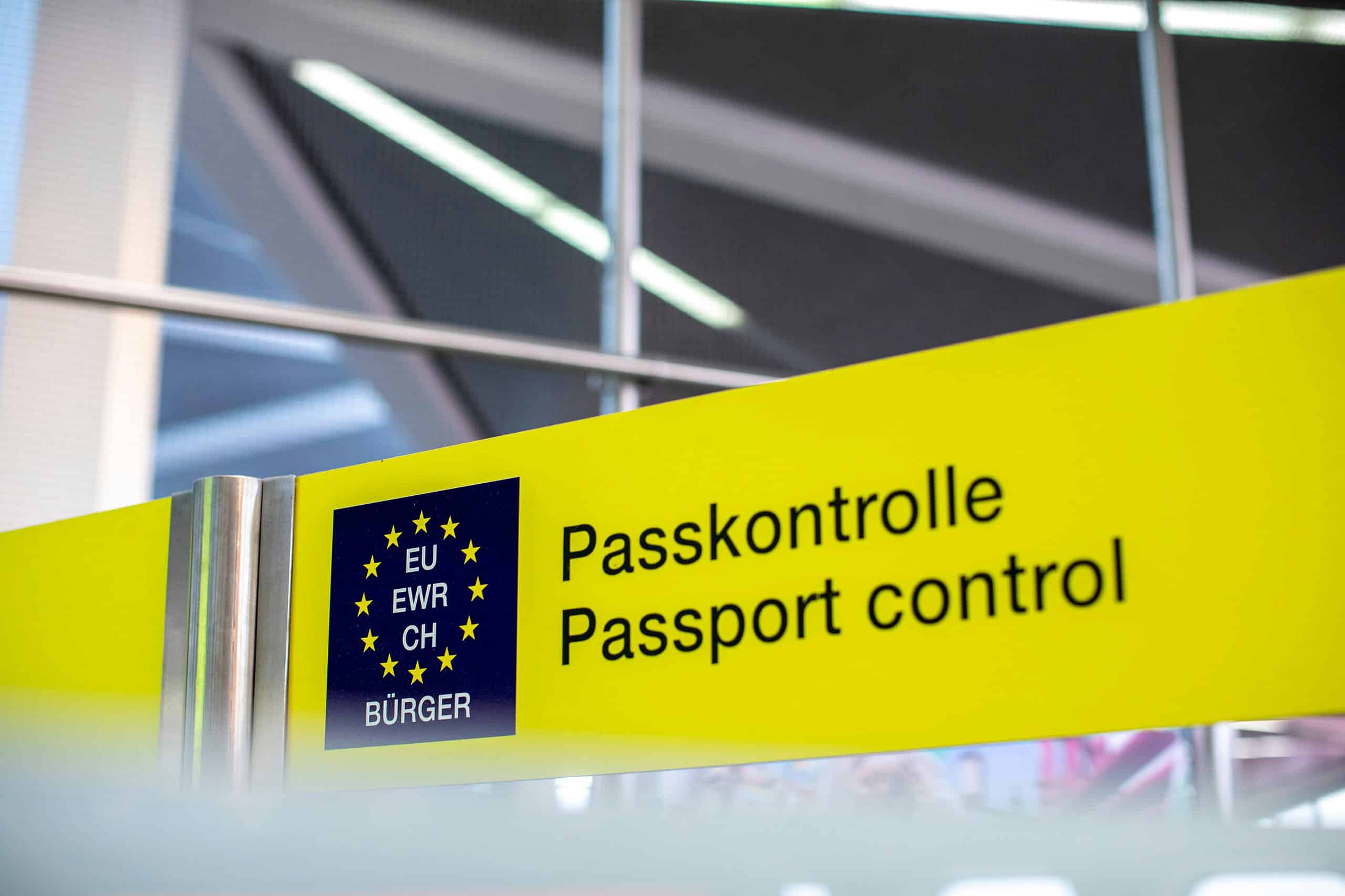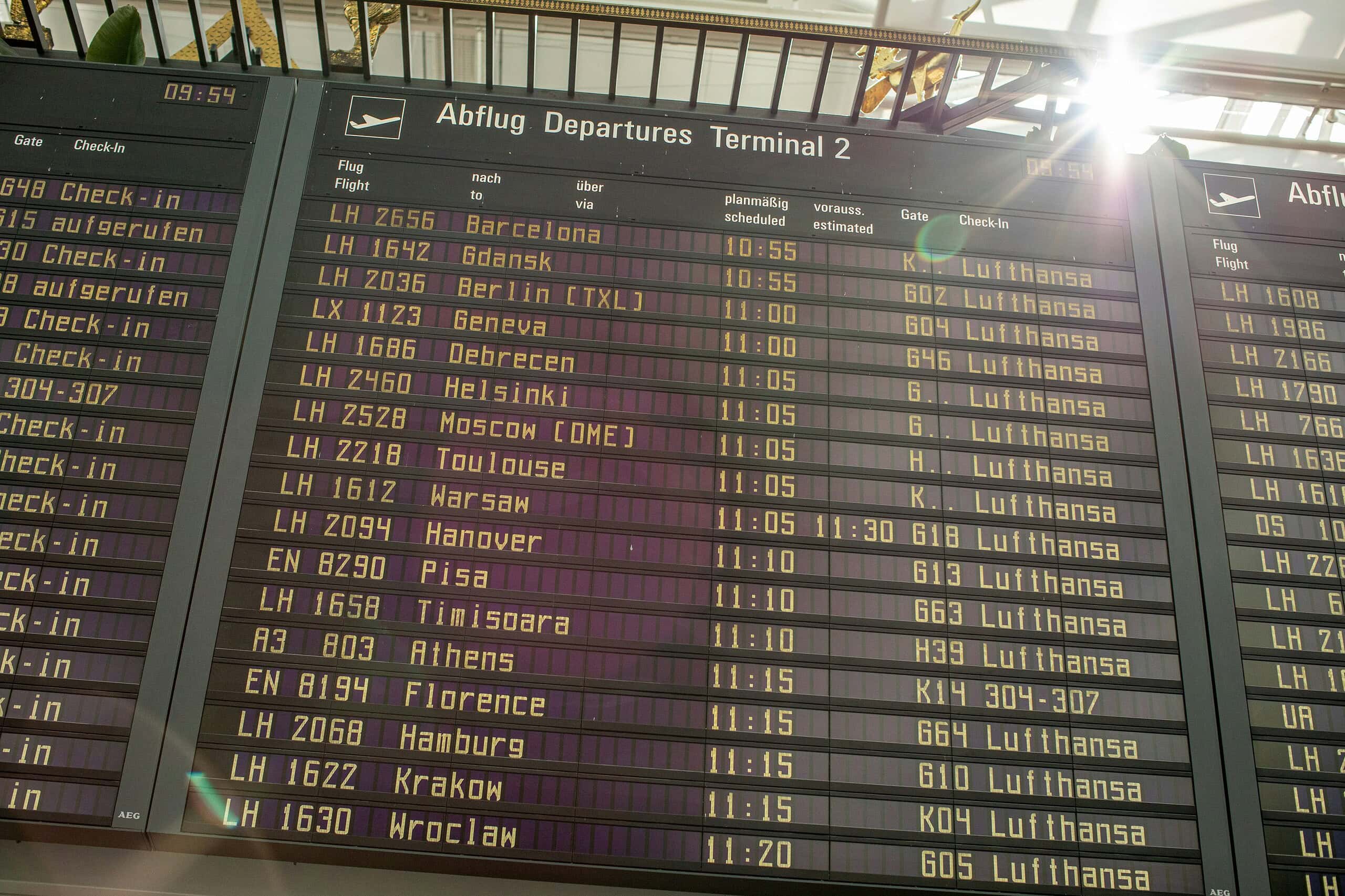If you’re an international visitor travelling to Europe this autumn, new digital border controls might affect your journey as automated systems replace passport stamps.
Major changes are coming to European travel this autumn as the EU prepares to launch its new digital border control system. The Entry/Exit System (EES), starting October 12, will transform how non-EU visitors enter the Schengen zone.
Instead of traditional passport stamps, travellers will need to register their biometric data – including fingerprints and facial images – at self-service kiosks or with border officers. The system affects all non-EU nationals visiting Schengen countries for up to 90 days, whether they need a visa or not.
For UK travelers, this means new procedures at key entry points. Eurostar passengers will use kiosks at St. Pancras before departure, while those traveling through Dover will complete biometric registration at the Western Docks starting November 1.
The rollout will be gradual over six months, with some countries implementing faster than others. A mobile app is also being developed to streamline the process, though its availability will vary by country.
Looking ahead, another significant change comes in late 2026 with the introduction of ETIAS, a pre-travel authorisation system similar to the US ESTA. The European Commission recently announced an increase in the ETIAS fee from the originally planned €7 to €20 for a three-year authorisation. This follows the UK’s implementation of its own Electronic Travel Authorisation (ETA) system, which costs £16 and is now mandatory for EU citizens (except Irish nationals).
While these changes aim to enhance border security and eventually speed up entry procedures, travelers should factor in potential delays during the initial implementation period and stay informed about specific requirements for their route into Europe.














